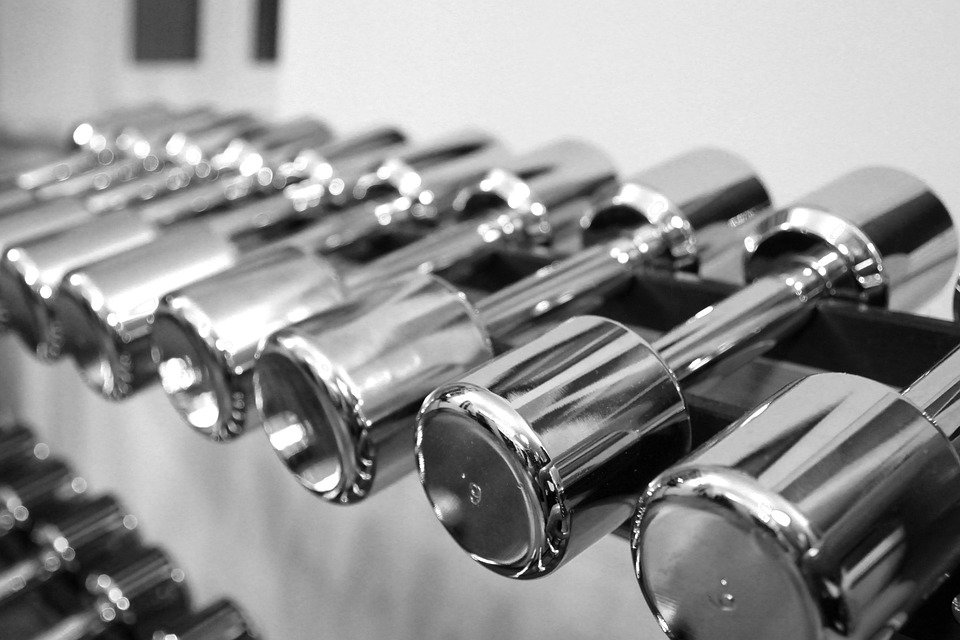Young Americans have more opportunities to succeed and thrive than ever before. One avenue that has seen growth in recent years is service through the military. The nation’s future will be riding on the shoulders of the brave men and women that choose to serve in all branches, and the leaders of each have faith that the heroes in waiting will be ready to answer the call.
One shining example of this is Yale Air Force ROTC Cadet-Captain Samantha Tishler. The native of Glastonbury, CT, is studying Mechanical Engineering, has a certificate in Russian, and is already well on her way to reaching some big goals that she has made for herself.
“My goal is to become a pilot in the Air Force,” said Tishler, who knows what it will take and is preparing herself for what lies ahead on that journey.
“I am incredibly passionate about all things related to leadership, fitness, and aviation.”
When Tishler was looking for a school to go to, Yale was one of those she got to visit and knew it would be a perfect fit.
“It is a great community, and I chose them because of the great education as well.”
Fitness as a Foundation
Knowledge is power, but the physical requirements of serving in the military are great. Fortunately, Tishler has already invested many hours into becoming her best physical self because being active was a big part of her growing up,
“My family does a Turkey Trot every year, and I’ve done the Manchester Road Race. Our family loves to run, bike, and hike.”
She’s played soccer for as long as she can remember but also took up softball in high school. That commitment to self and a team has carried into college where she played intramural sports like soccer and basketball. She has also run in three half-marathons and participated in a 9/11 stair climb.
Tishler expressed that sports can be a great avenue of learning skills that can apply to being a part of a team as well as leading one.
“You have to obviously compete both physically and mentally. Pairing up those two things is a really good practice.”
Tishler got to take her focus on fitness and leadership to a new level last year when she served as one of two Squadron Physical Fitness Officer, which meant she worked under the Head Physical Fitness Officer and got to lead her squadron through Tuesday and Thursday morning workouts.
Many would feel pressure from being ready at 0600 for this role, but Tishler excelled because she knew the workouts, could set the tone, and was very capable of showing others what to do and how to do it.
“I loved this role as it gave me the opportunity to set the tone on bringing energy, morale, and camaraderie to ROTC training,” she stated. “It boosted my leadership skills a ton.”
Leading From The Front
Tishler takes on any opportunity that helps her grow and make a difference. Her role as President of the Peace and Dialogue Leadership Initiative, a fellowship between Yale students and West Point cadets, does just that. They have recently been studying the Israeli-Palestinian conflict, which provides a chance for her to learn about international matters. Knowing you can learn more by listening and observing, she also pays attention when other leaders are speaking to constituents and each other.
“I also frequent political union debates to sharpen my ideas and how I communicate them,” she shared. Tishler isn’t sure if she will have a role in politics in the future, but the debates do serve as a learning tool for leadership.
“I’m not sure where my career will take me, but there are so many opportunities in the Air Force that I’ve started to discover. I think it would satisfy a lot of my interests.”
She has been in positions to learn from leaders that came before her. Two sources of inspiration she credits as influences are Air Force Lieutenants Nita Qiu and Thomas Nardini, who were both seniors during Tishler’s first year.
“They were always looking out for me,” Tishler recalled. “They both saw I was really dedicated and guided me by giving me a lot of tips. They also gave me the opportunity to be their first salutes at the commissioning ceremony.”
Whether it’s from the front of the room, behind leaders that mentored her, or during a game, Tishler has learned and shares the importance of making the most of whatever position you are in or where you stand in a room.
“You can lead from anywhere, regardless of your title or situation.”

Ready To Defend Freedom With Others
Tishler looks forward to the day she is officially a pilot and begins her military career. She’ll be ready to put the work in but understands that being a part of the Air Force means working for and alongside many other patriotic people like herself. That is more than a goal for her, it will be ways to satisfy several passions that she’s had her whole life.
Tishler said, “I’m already studying Mechanical Engineering, I’m interested in the political side, I love flying, and I love leadership. My interests are all over the place.”
The prospect of service excites Tishler because she knows with every assignment, mission, or other chance to put her skills to good use, she is not only serving herself but those that are making the same commitment she is and ultimately, the American people. Being a part of something bigger than herself and doing important work that will benefit others is a chance she does not intend to waste. The experience she has gained at Yale will be put to good use because she has proven that she can thrive when helping others.
“You can do a lot as an individual, but when you start to put the success of the group above your own, you can do so much more as a team.”
You can learn more about Yale University’s ROTC program at their website.
M&F Senior Military Editor Rob Wilkins contributed to this article
This post is brought to you by: Source link
Yale ROTC Cadet Captain Samantha Tishler is Ready To Be Fit to Serve, 2025-10-31 12:25:00
















